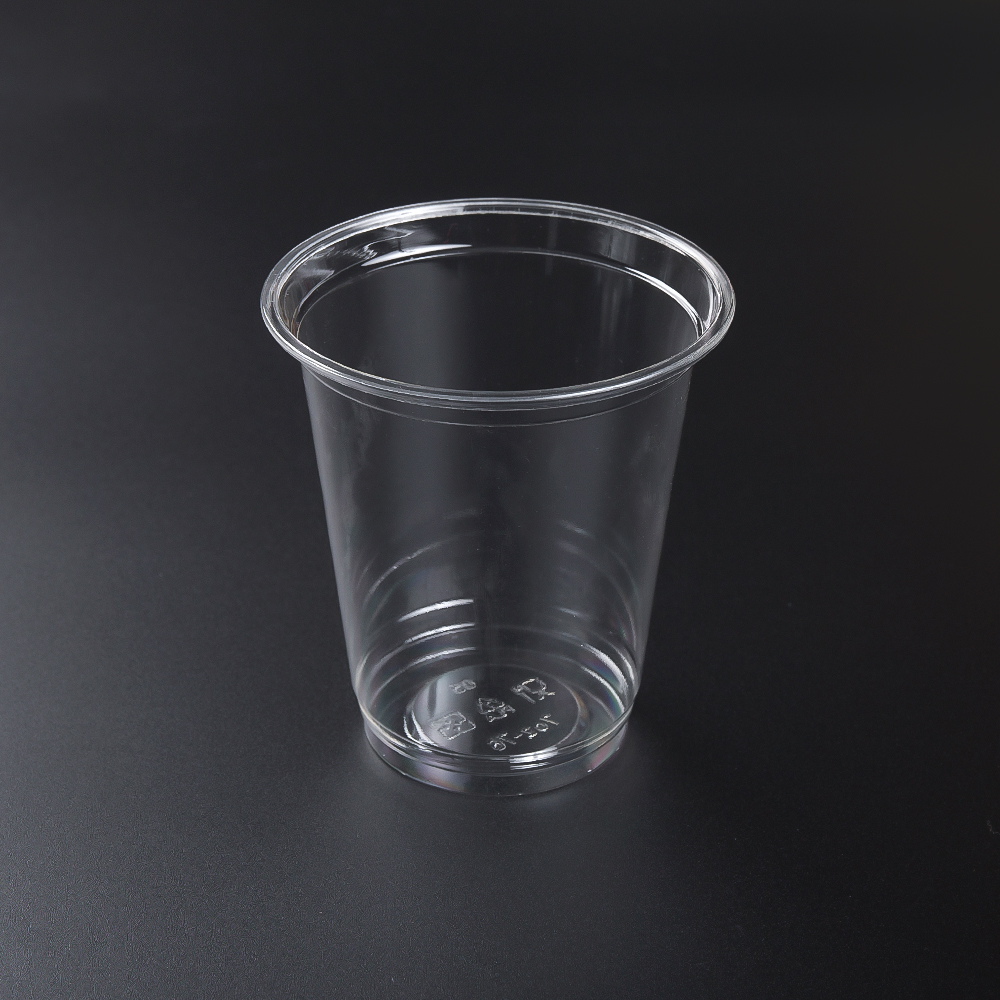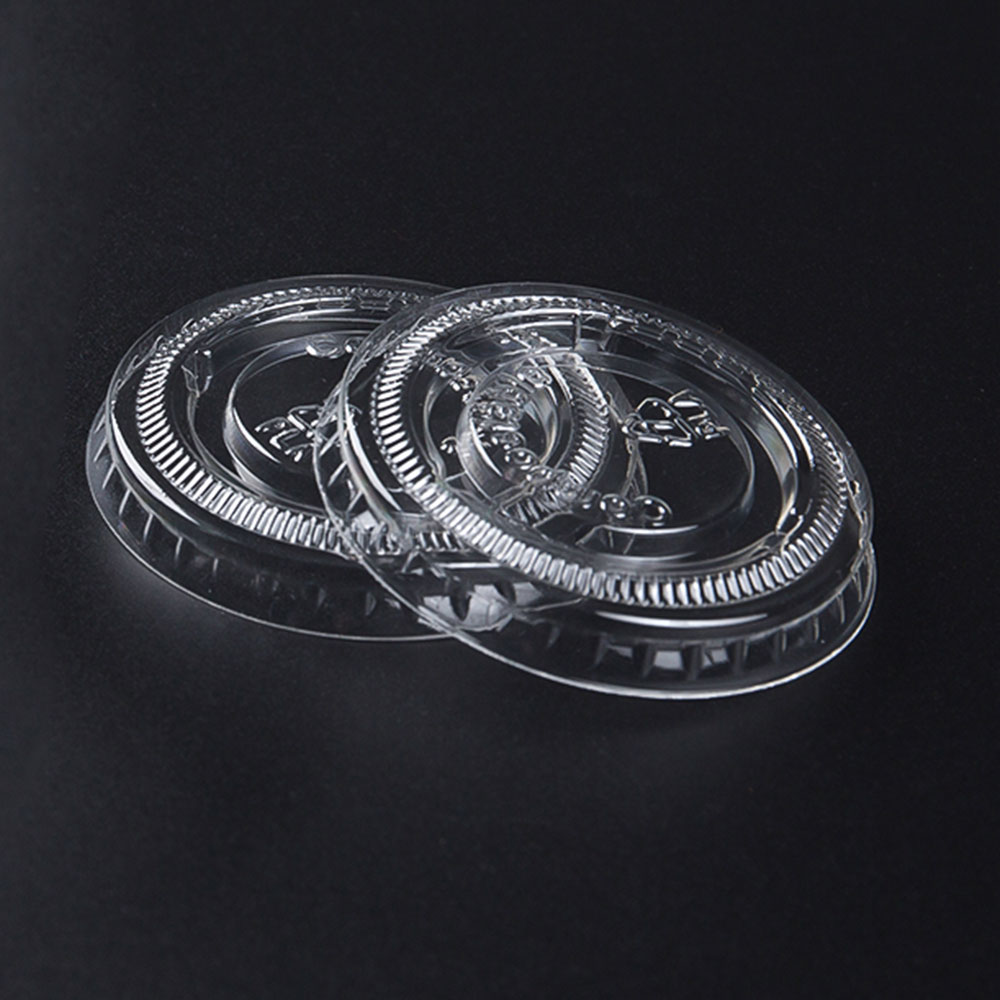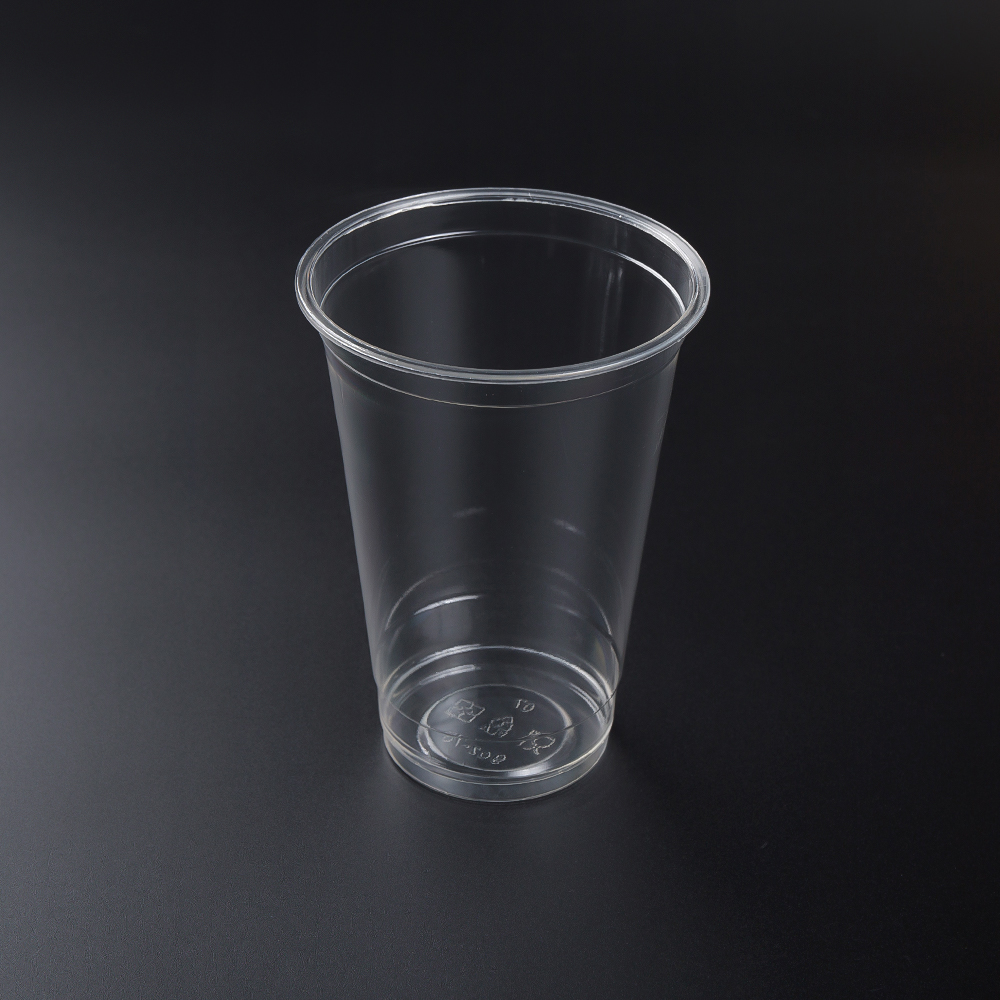The food service sector is experiencing a notable shift in its approach to packaging and disposable products. As consumer awareness around sustainability grows, businesses are responding by adopting more environmentally conscious options. Among the notable developments is the rising demand for PLA compostable salad bowls and compostable clear cups, which are gradually replacing conventional plastic items in a wide range of settings.

Compostable materials, particularly those made from polylactic acid (PLA), are gaining traction due to their plant-based origin and ability to break down under industrial composting conditions. PLA compostable salad bowls offer an alternative for restaurants, cafes, and takeaway services seeking to reduce their environmental impact. These containers provide a functional way to serve fresh food while supporting sustainability goals. Similarly, compostable clear cups are becoming more common in beverage service, favored for their transparent appearance and compostability.
One of the key drivers of this trend is customer preference. Consumers are showing greater interest in products that align with eco-conscious values, and food establishments are adapting accordingly. This has created a growing market for disposable items that do not contribute to long-term waste. The use of compostable clear cups in drink stations, juice bars, and event catering is an example of this change in practice. Their appearance and performance are comparable to traditional plastics, but they carry the added benefit of being compostable when processed correctly.
Restaurants and food vendors are also embracing PLA compostable salad bowls for cold dishes, grain bowls, and mixed greens. These containers are not only practical but also communicate a message of environmental responsibility to customers. By switching to PLA-based materials, businesses can meet the expectations of a clientele that is increasingly concerned about packaging waste.
Despite growing adoption, there are still considerations around proper disposal and infrastructure. Both PLA compostable salad bowls and compostable clear cups require industrial composting facilities to break down effectively. Without access to such facilities, the environmental advantage can be diminished. However, as municipal composting programs expand and awareness improves, these products are expected to play a larger role in waste reduction strategies.
In addition to their environmental benefits, PLA compostable salad bowls and compostable clear cups contribute to a brand’s identity as one that prioritizes sustainable choices. This perception can strengthen customer loyalty and attract individuals who support environmentally mindful practices. Many smaller businesses, in particular, are using such products as part of a broader commitment to responsible sourcing and waste management.
The shift is not limited to high-end restaurants or boutique cafés. Larger-scale operations such as school cafeterias, food trucks, and stadium vendors are also exploring the use of compostable options to align with updated policies and community values. The versatility of compostable clear cups makes them suitable for a range of beverages, including cold brew, smoothies, and sparkling water, while PLA compostable salad bowls serve as a reliable solution for both dine-in and takeaway salads.
As this movement continues, more manufacturers are expected to explore innovations in bio-based materials, resulting in products that better balance function, cost, and environmental responsibility. While challenges around infrastructure and consumer education remain, the growing presence of PLA compostable salad bowls and compostable clear cups signals a broader transformation in how the food service industry approaches disposables.

Compostable tableware is more than a passing trend—it reflects a deeper, ongoing shift in priorities across the food service landscape. With the continued integration of PLA compostable salad bowls and compostable clear cups, businesses are taking practical steps toward more sustainable operations, meeting both regulatory expectations and the values of a changing customer base.





 English
English 中文简体
中文简体

-2.jpg)






.jpg)
.jpg)



